 The Philippines is considering extending its rice import ban until April next year, Agriculture Secretary Francisco Tiu Laurel Jr announced on Monday, October 6, during a hearing before the House of Representatives.
The Philippines is considering extending its rice import ban until April next year, Agriculture Secretary Francisco Tiu Laurel Jr announced on Monday, October 6, during a hearing before the House of Representatives.
The restriction, first introduced on September 1 for 60 days, was designed to protect local farmers facing falling paddy prices during the harvest season. According to Bloomberg, a limited one-month import window will be allowed in January for only 300,000 tons of rice.
A new source of pressure on global rice prices
The extension could add fresh strain to global rice markets, where prices have already been falling. Benchmark rice prices in Asia hit an eight-year low on September 25, dragged down by weak international demand and abundant supply from India, the world’s largest exporter.
India recently announced plans to surpass 30 million tons of rice output in the 2025/2026 season, dampening expectations for a market rebound.
Analysts warn that Vietnam, the world’s second-largest rice exporter, could be the biggest loser. Between January and August, the Philippines was its top buyer, importing 2.9 million tons of rice, according to Platts.
In this context, Vietnam’s export prices for 5% broken rice could fall further in the coming weeks. In September, this variety averaged $372.1 per ton, down about 4% from $389 in August, according to FAO data.



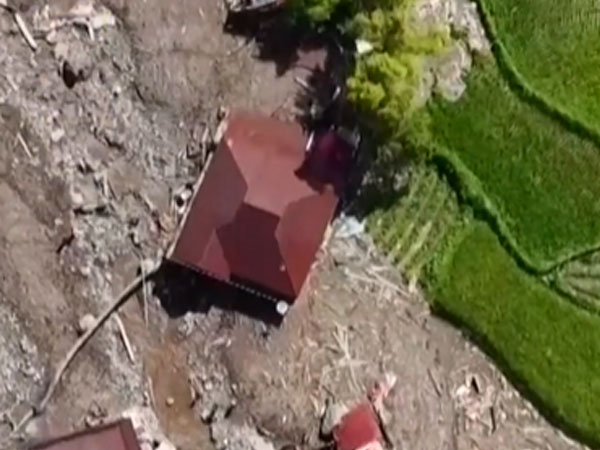
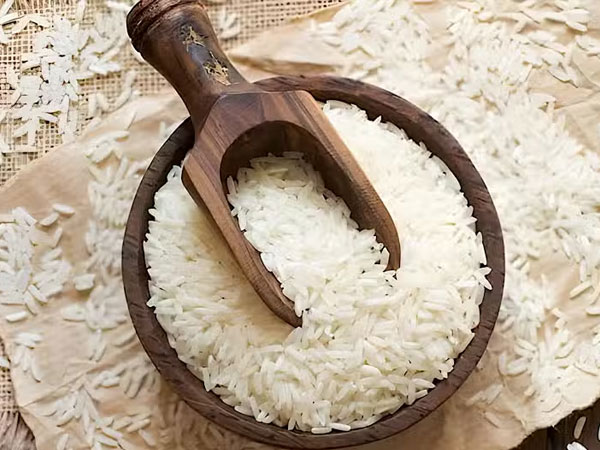
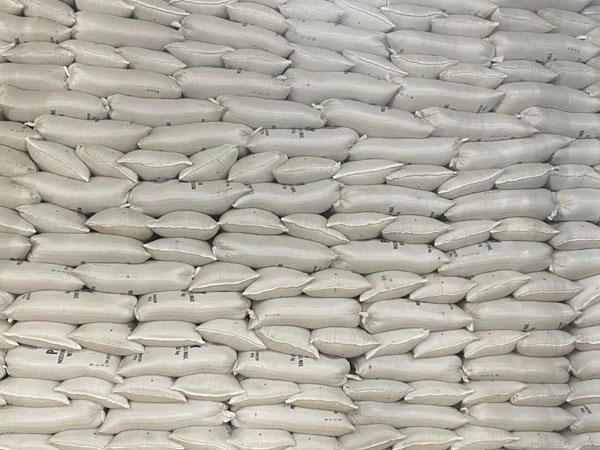


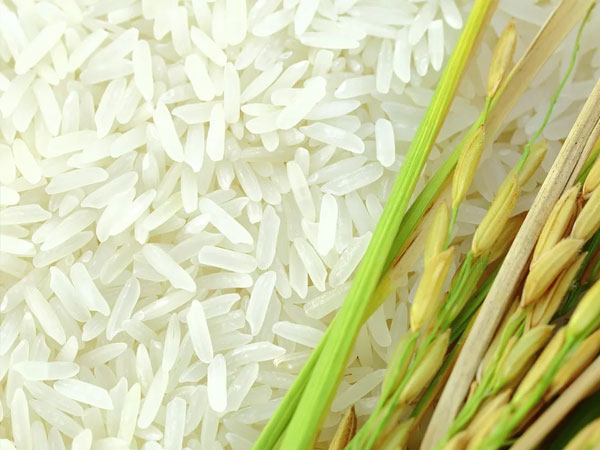
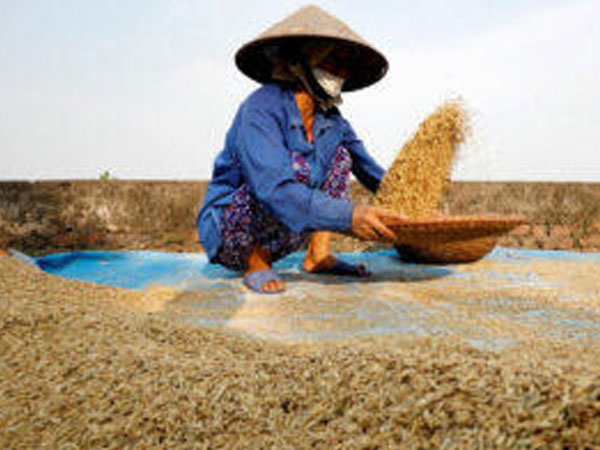
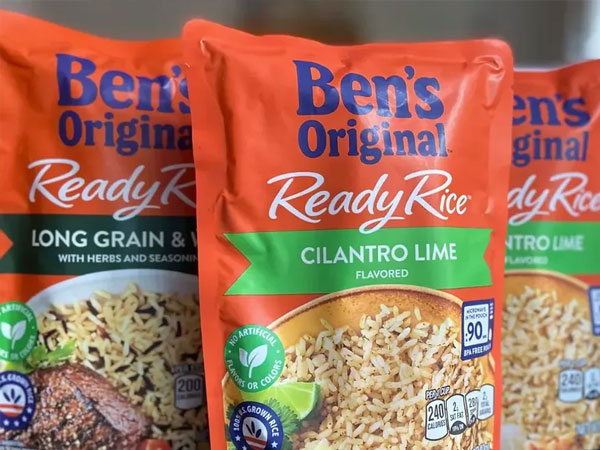



© Copyright 2025 The SSResource Media.
All rights reserved.